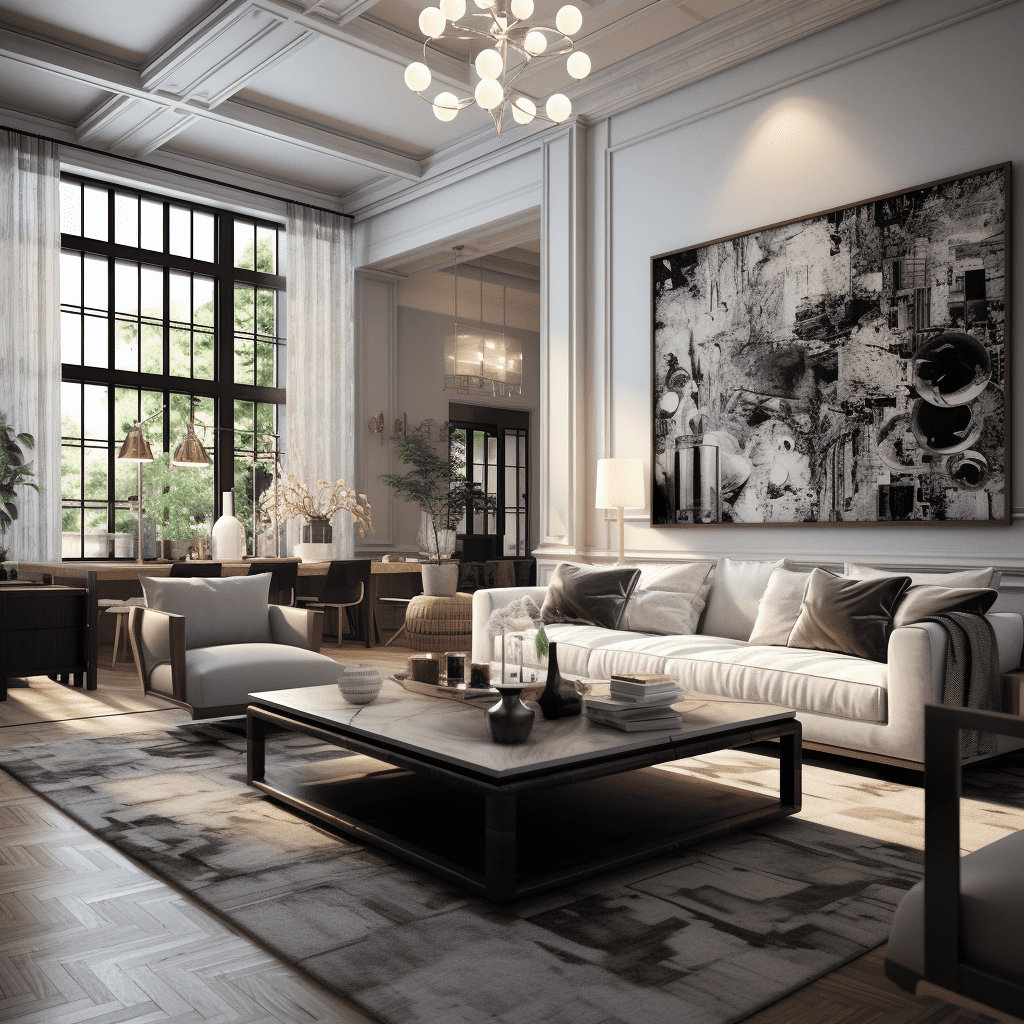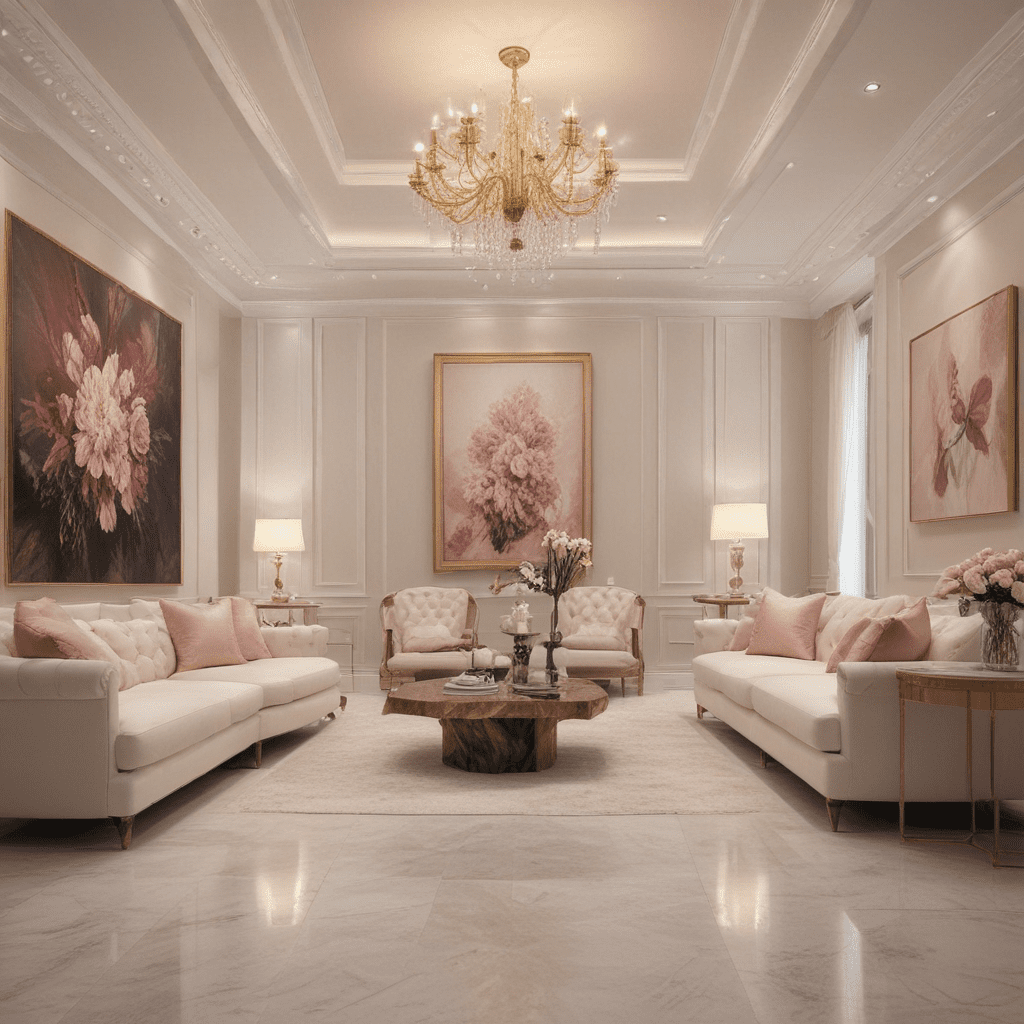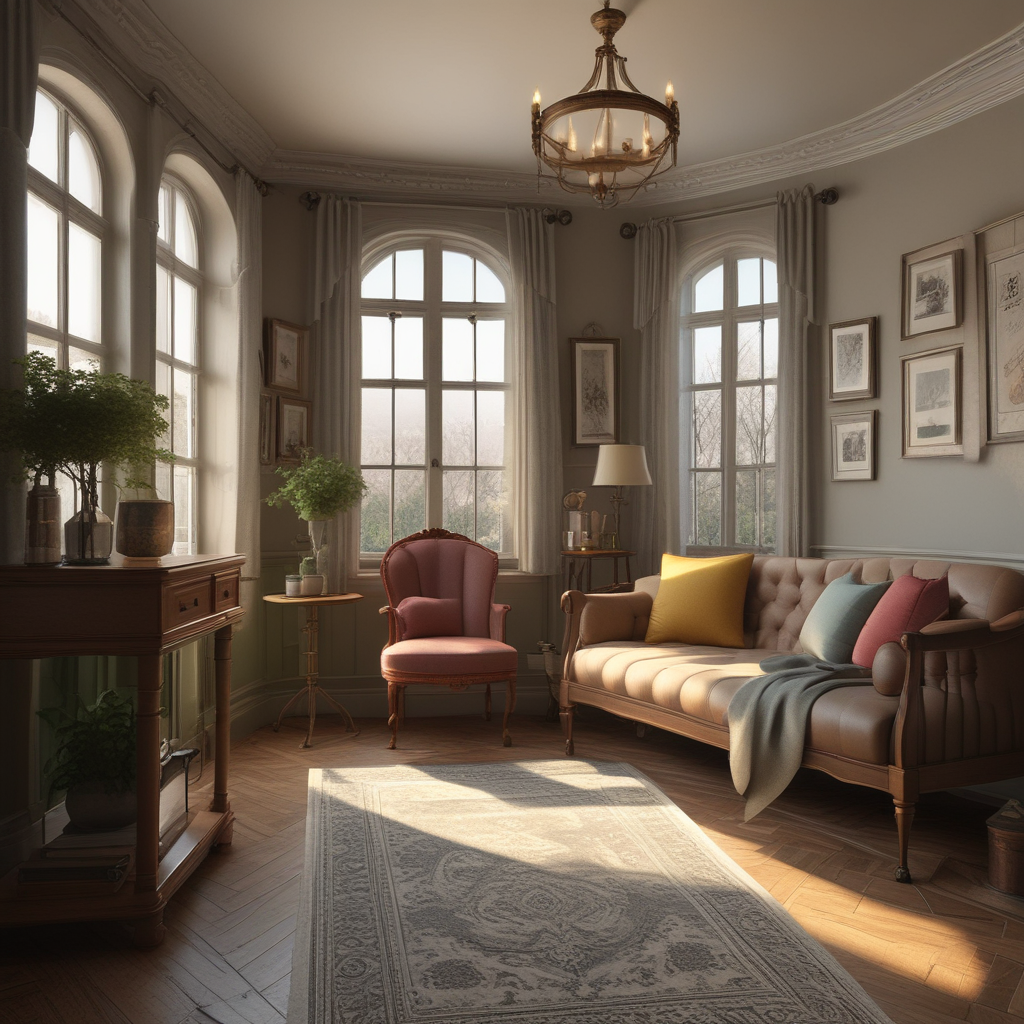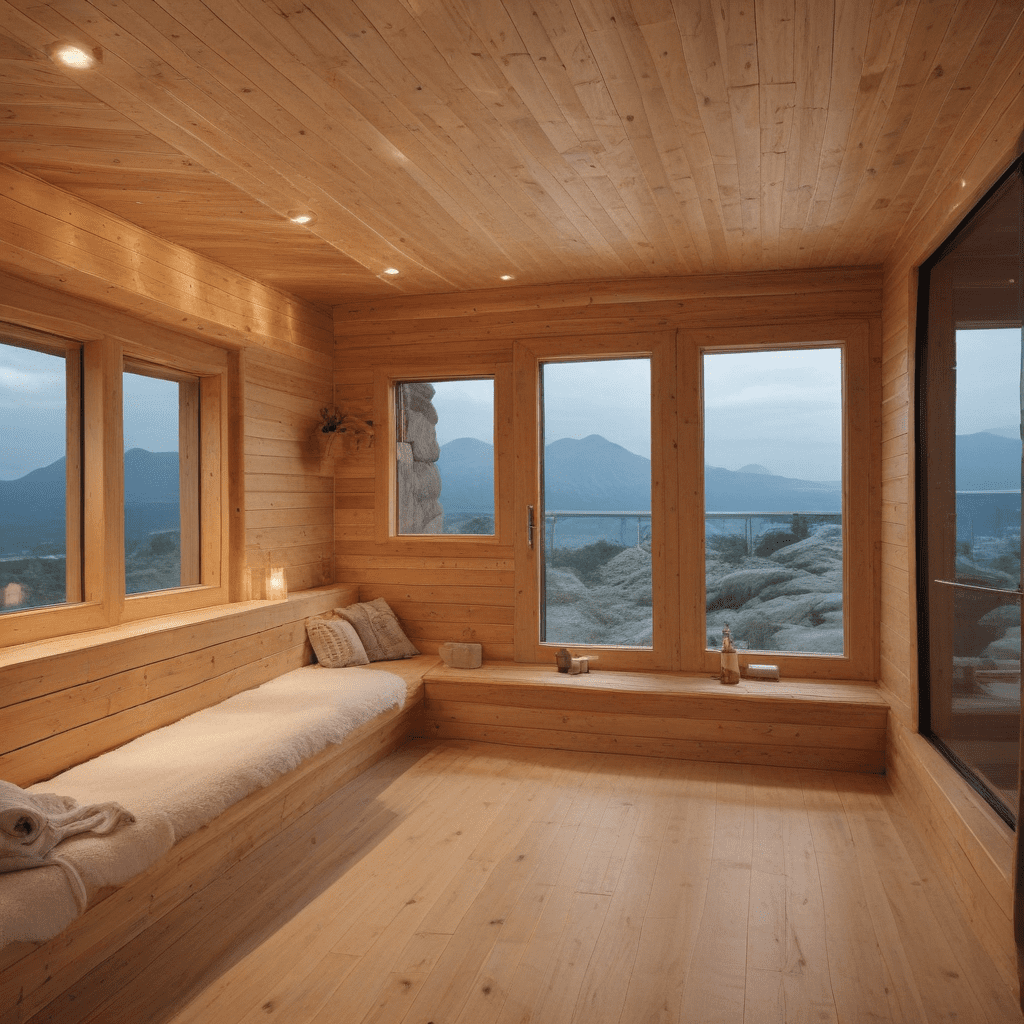How to Emphasize Your Decor: 12 Top Tips


Emphasis in Interior Design: Creating Impactful Spaces
Interior design is all about creating visually appealing and functional spaces. To achieve this, designers often use various techniques to create emphasis or focal points within a room. By drawing attention to specific elements, emphasis helps to create balance, hierarchy, and visual interest in interior design. In this article, we will explore the concept of emphasis in interior design and how it can be used effectively to transform spaces.
Defining Emphasis in Interior Design
Emphasis refers to creating a focal point or center of attention within a space. It is a technique used by interior designers to highlight certain elements, whether it be a wall, furniture piece, artwork, or architectural feature. By creating emphasis, designers can guide the viewer’s eye and create a sense of hierarchy or importance within a room.
Types of Emphasis in Interior Design
There are several ways to create emphasis in interior design. Below are some popular techniques used by designers:
1. Color Emphasis
Color is a powerful tool in interior design, and it can be used to create emphasis. By using a bold or contrasting color on a specific wall or furniture piece, designers can instantly draw attention to that element. Color emphasis can also be achieved through accents such as accessories or artwork.
2. Contrast Emphasis
Contrast is another effective way to create emphasis. By juxtaposing elements with contrasting characteristics, such as light and dark, rough and smooth, or old and new, designers can create a visual impact and highlight certain areas of a room.
3. Scale Emphasis
Scale refers to the size or proportion of elements within a space. By incorporating oversized or unique furniture pieces, designers can create emphasis and make a statement. Similarly, incorporating small elements in a larger space can also create an interesting focal point.
4. Texture Emphasis
Texture adds depth and visual interest to a space. By using textured materials such as wood, stone, or fabric, designers can create emphasis by drawing attention to certain surfaces or elements. Texture can be incorporated through furniture, wall coverings, or accessories.
5. Lighting Emphasis
Proper lighting can enhance the overall atmosphere and create emphasis within a room. By using strategic lighting techniques, designers can highlight specific areas or objects, directing the viewer’s focus accordingly. Lighting fixtures themselves can also become focal points.
6. Architectural Emphasis
Architectural features, such as columns, arches, or unique structural elements, can serve as natural focal points in interior design. By embracing and highlighting these features, designers can create emphasis and accentuate the beauty of the space.
Using Emphasis to Create Harmony
While emphasis is important in interior design, it is crucial to strike a balance and create harmony within a space. Too much emphasis on multiple elements can result in visual chaos and overwhelm the viewer. By carefully selecting one or two focal points and complementing them with supporting elements, designers can achieve a harmonious and visually appealing space.
FAQ: Frequently Asked Questions
Q: Can emphasis be created in small spaces?
A: Absolutely! Emphasis can be created in spaces of all sizes. In smaller spaces, it is essential to be mindful of scale and select appropriate focal points that do not overcrowd the room.
Q: How can I determine the best focal point for a room?
A: The choice of focal point depends on the room’s purpose and the desired atmosphere. Consider elements such as architectural features, furniture pieces, or artwork that best represent the room’s theme or function.
Q: Is it possible to create emphasis without making drastic changes?
A: Yes, emphasis can be created through subtle changes as well. It can be achieved through the clever use of color, lighting, or texture. Small additions or strategic placement of accessories can also create emphasis without major renovations.
Q: Are there any specific rules or guidelines to follow when using emphasis in interior design?
A: While there are no strict rules, it is important to consider the overall balance and harmony of a space. It is also crucial to avoid creating too many focal points, as it can lead to a cluttered and chaotic look.
Q: Can emphasis be temporary or easily changeable?
A: Emphasis can be temporary and easily changeable. Elements such as removable wallpapers, movable furniture pieces, or adjustable lighting fixtures allow for flexibility in creating emphasis as per changing preferences or needs.
Q: Can emphasis be used in all interior design styles?
A: Yes, emphasis can be incorporated into various interior design styles, whether it be modern, traditional, minimalistic, or eclectic. The techniques may vary, but the concept of creating visual impact remains relevant across different styles.
Emphasis plays a crucial role in interior design by creating visually impactful spaces. Through the use of color, contrast, scale, texture, lighting, and architectural features, designers can guide the viewer’s attention and create a sense of hierarchy and importance within a room. By understanding the principles of emphasis, homeowners and designers alike can create spaces that are not only visually appealing but also functional and harmonious.




